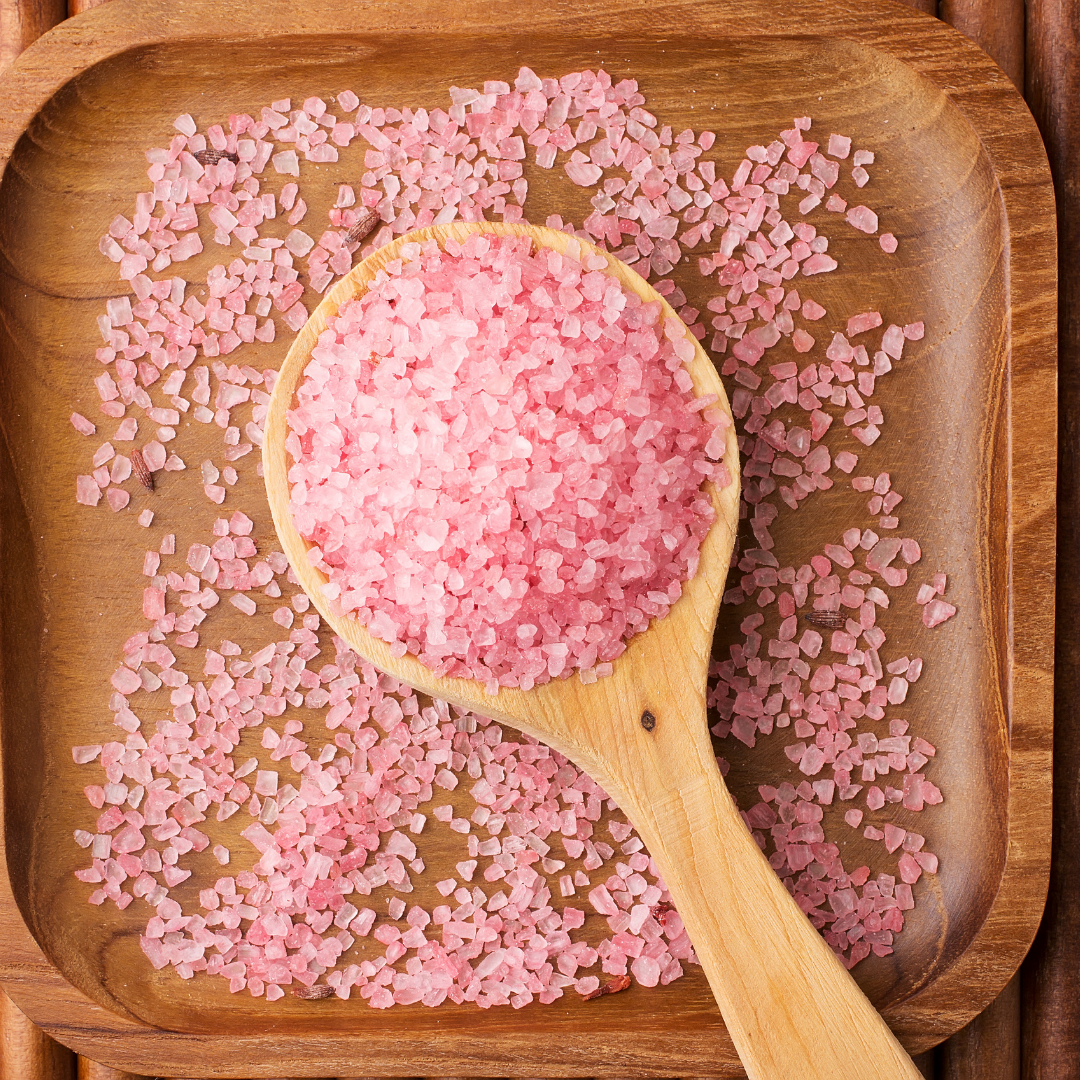
The History of Sea Salt Use in Hawaii
Share
The Native Uses For Sea Salt
From flavoring food to keeping our bodies healthy and balanced, salt is an important ingredient for everyone. Native Hawaiians used sea salt to season and preserve food. Also for religious and ceremonial purposes and as a medicine. Preserving food like fish and octopus was essential for storage, and to provide nourishment during ocean voyages. The medicinal use of Hawaiian sea salt extends from cold prevention to bathing rituals. Native Hawaiians have a long history of holding salt in special regard. The natives were clever in using the earth with the minerals from the sea. Salt was often blended with native Hawaiian clay, which was considered sacred. The combined salt and clay (called Alaea salt) are still used today in religious, sacred, healing and cleansing practices.
The Uses For Hawaiian Sea Salt
Hawaiian sea salt assumes roles beyond the kitchen. And it turns out that salt is the only rock we eat. The middle layer of salt is a pinkish color and is also used for seasoning, blessings and medicine. The bottom layer of salt, which is only harvested once at the end of the season, is brown. It is used as bleach, for pickling, for blessings, and to maintain root vegetables, fields and fish ponds.
Laki Naturals uses Hawaiian sea salt in our bath, body, and wellness products. Check out some of the popular bath soaks!

The History
In the 19th century, Hawaii was the most prominent supplier of salt for the entire pacific northwest. In fact, salt was among the first exported items to leave Hawaii. Today, authentic Hawaiian sea salt has become increasingly popular and equally rare. This has stimulated the price and created a market for countless “look-alike” sellers from China and the US. These sellers market conventional salt as “Hawaiian Sea Salt.” So be on the lookout and read labels carefully to make sure you’re getting the real thing!

What Makes Hawaiian Sea Salt So Important?
Salt is thought to be the most important electrolyte and is quickly lost during intense workouts and active living. Healthcare professionals say that the average adult needs about 1 tablespoon (1500 milligrams) of salt in their diet per day. Other examples of electrolytes include potassium, calcium, and magnesium. Hawaiian sea salt is much healthier than regular table salt. It contains trace minerals, as well as magnesium and potassium, which help maintain the body’s electrolyte levels.
The things that make Hawaiian salts different from table salt are additives or other ingredients blended with the salt. Black lava salt, for example, is typically made by adding activated charcoal (usually taken from a volcanic source). Pink Himalayan salt takes its soft peach color from slight iron impurities. Even the white table salt you find in most conventional foods is commonly infused with iodine for a variety of health reasons.
Different kinds of salts can offer a variety of different health and flavor distinctions that make them great for many uses. The white Hawaiian sea salt that we use in our Throat Soaks, for instance, has not been amended with any new ingredients or additives and it has also not been filtered to remove all impurities. As a result, only about eighty percent of the salt we use is Sodium Chloride (pure salt or NaCl). The other twenty percent is a variety of common ocean-occurring electrolytes and trace minerals.
The Process
Hawaiian sea salt is as pure as the waters around the islands. Hawaiian sea salt is collected in several ways. Native Hawaiians collected underground seawater which was accessed from deep wells and held in holding pools, where the seawater becomes concentrated through evaporation, and then transferred to shallow ponds. The amount of time it takes until the salt is ready to be harvested from the shallow ponds depends on environmental factors like precipitation. Then it can be collected from rocky shoreline pools, fully dried as a result of natural solar evaporation.

Today, a larger-scale collection happens through the use of man-made shallow clay ponds. From depths exceeding 2,000 feet, the deep waters are pumped through a pipeline and brought to shore then stored in “hothouses.” After four weeks of slow evaporation, the natural sunlight transforms the pond of seawater into pure white, sea-salt crystals.
The ancient methods of salt collections still happen today. One of the few active salt ponds is located on the island of Kaua‘i near Salt Pond Park in the ahupua‘a (watershed) of Hanapepe. Salt is not harvested during the winter months when it’s rainy. During harvest, the top, white sea salt is raked, rinsed, and dried. This salt is used as table salt. Some of the white salt is also mixed with red clay, which is collected from the mountains of Waimea. The red color comes from iron oxide in the clay. Native Hawaiians believe that gives the salt spiritual power; it is used in traditional ceremonies, for ritual blessings, purifying and for healing purposes.
